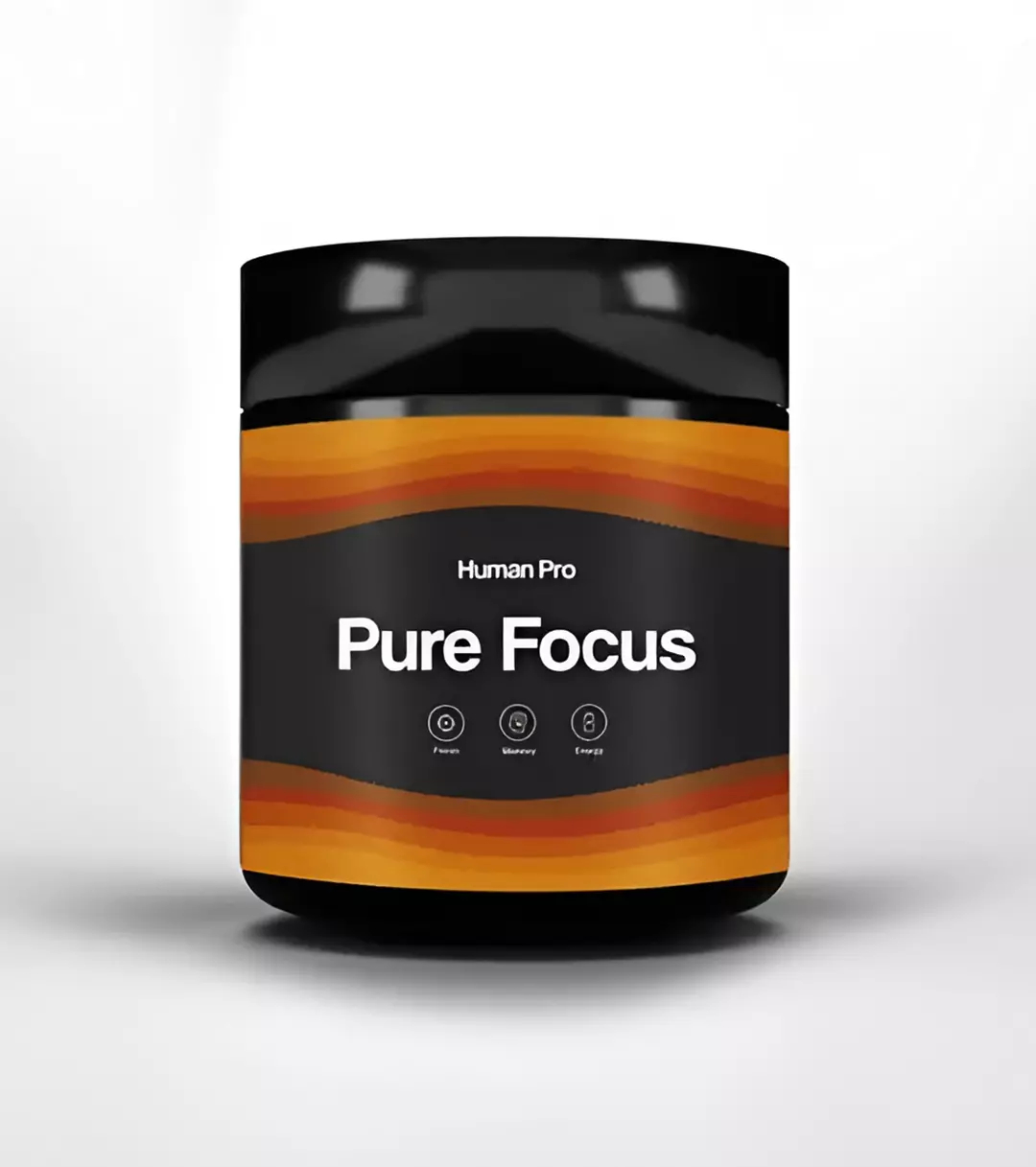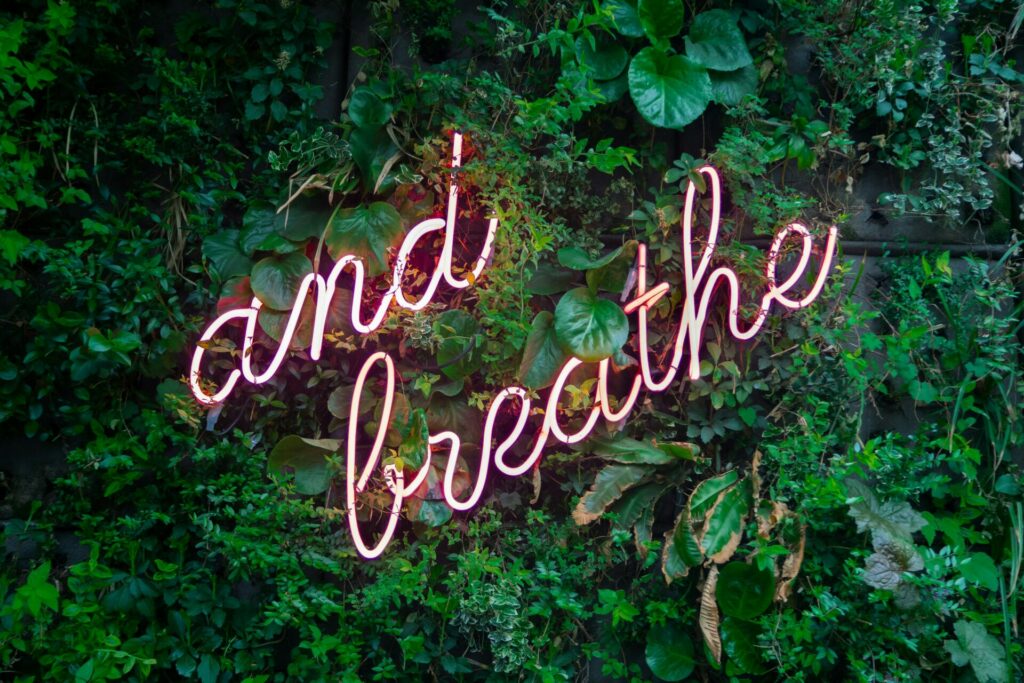Isn’t it interesting that even though we need to breathe rather often, we still have so much to learn about how to breathe correctly?
On the other hand, something that we seldom understand (anxiety) can just take over our entire physiology and leave us feeling confused as to what triggered it.
As it turns out, there is a way to breathe that cuts anxiety in seconds and it’s been a game changer.
The Power of the Physiological Sigh
Do you remember as a child, after a big cry, taking quick breaths, and releasing a big exhale? This is known as the physiological sigh, a sign that the body is returning to balance. The diaphragm contracts, replenishing oxygen, and releasing carbon dioxide, calming the nervous system.
The physiological sigh is a natural respiratory pattern triggered during moments of high emotional stress or when oxygen and carbon dioxide levels need regulation. It naturally soothes anxiety and restores emotional balance.
By consciously practicing the double inhalation and extended exhale of the physiological sigh, we can rebalance oxygen and carbon dioxide levels, soothing our nervous system.
Understanding the Physiological Sigh: A Scientific Perspective
I first really started thinking about my breathing when I heard James Nestor on Joe Rogan. He wrote a book called Breath and it turned the lights on for many of us.
In “Breath,” Nestor takes us on a journey through the science and history of breathing. He dives deep into the impact that our breathing habits have on our physical and mental well-being. It’s mind-blowing to learn how our modern lifestyle has led to a decline in optimal breathing patterns and the consequences that come with it.
Then, of course, Dr. Huberman played a huge part in helping us all understand neuroscience and how we can use it to our advantage. Case in point, this long Huberman Lab episode on Breathing.
The physiological sigh is not merely a deep breath; it’s an autonomic response to stress and anxiety, naturally encoded in our biological makeup.
Two quick inhalations followed by one long, slow exhalation characterize this intrinsic process, selectively triggering responses in our autonomic nervous system.
By practicing this natural reflex, we downregulate the sympathetic “fight or flight” response, thereby inviting the parasympathetic system to reassert a calming influence over our heart rate and emotional state.
Why It’s So Effective?
Intriguingly, during the second inhale of a physiological sigh, the alveoli, tiny air sacs in the lungs, are reinflated. This is crucial because these sacs can collapse during periods of stress, reducing our capacity for oxygen exchange. The physiological sigh acts as a powerful agent to prevent atelectasis, supporting optimal respiratory function.
When engaged, this respiratory pattern rapidly shifts the balance between carbon dioxide and oxygen levels in the bloodstream. The consecutive inhalations increase oxygen intake, while the prolonged exhalation dispels a greater volume of carbon dioxide.
This exchange is when the magic happens and homeostasis is regained within our body’s ecosystem.
This unique breathing technique also communicates with the brain’s arousal system via the phrenic nerve, which innervates the diaphragm.
The nerve’s stimulation during a physiological sigh sends a calming signal recalibrating both the physiological and psychological aspects of our stress response.
This breathing technique offers a non-pharmacological avenue for individuals seeking relief from acute anxiety episodes, in short, it’s free medicine!
The Connection Between Breathing and Anxiety
PsychCentral explains that an increase in stress hormones (fight or flight impulse) can have a direct impact on blood oxygen levels.
Sometimes there is a genuine threat and the cortisol is required. More often than not, it’s our breathing style that signals stress to our nervous system.
Breath can either help our state of mind or worsen it. Depends on which one is being implemented.
Some of the breathing patterns we fall into during times of stress are:
- Rapid, Shallow Breathing: Common in anxiety, this leads to a decrease in carbon dioxide levels and can cause dizziness or heart palpitations.
- Breath Holding: Stress and anxiety can cause sporadic pauses in breathing, which may result in increased tension.
- Irregular Breathing: Anxiety can disrupt the natural rhythm of breathing, creating a cycle of discomfort and panic sensations.
Notice when your breathing falls into any of these categories.
If and when you catch yourself, replace the above breathing patterns with a few physiological sighs, and then notice how you simmer down and easily return to natural nostril breathing.
The Impact On The Nervous System
The physiological sigh operates by directly engaging the autonomic nervous system, which is comprised of the sympathetic and parasympathetic branches. These systems modulate our stress and relaxation responses, and the physiological sigh acts as a lever to control this dynamic equilibrium.
Dual inhalation significantly increases lung inflation. This expanded lung volume within the lung tissue sends calming signals to the brain’s arousal center, ultimately dampening the sympathetic ‘fight or flight’ response.
Then, the subsequent slow and measured exhale is equally vital. It drops carbon dioxide levels and balances the blood’s pH, signaling the parasympathetic nervous system to increase its influence, which propels the body toward a restorative and relaxed state.
Not only that but this exhale reduces heart rate due to increased vagus nerve stimulation—the primary nerve of the parasympathetic system.
The vagus nerve’s activation is key in the initiation of physiological changes that counteract stress, such as slowing the heartbeat and enabling muscle relaxation.
The way we breathe directly impacts our nervous system. The better we breathe, the better we tend to feel.
The Role of Carbon Dioxide and Oxygen in Anxiety Management
I once heard that it’s useful to check our blood oxygen saturation levels to help predict anxiety or a panic attack. Typically, if our oxygen saturation levels are below 89% then we can expect to not feel our very best.
In the intricate dance of respiration, carbon dioxide (CO2) and oxygen (O2) levels are more than just markers of inhalation and exhalation; they play pivotal roles in anxiety management.
Elevated CO2 levels in the blood can trigger a sensation of alarm, signaling potential suffocation and thereby exacerbating anxiety.
Conversely, the practice of controlled breathing, such as during a physiological sigh, optimizes the O2/CO2 balance, leading to an attenuation of the body’s anxiety response.
The impact of the physiological sigh extends beyond just physiologically rebalancing gases; it influences a complex cascade of neurological and biochemical responses, modulating factors like heart rate variability and inducing a tranquil mind. Research as of early 2023 shows that harnessing this simple, yet potent, autonomic reaction can serve as an accessible intervention against the debilitating effects of anxiety.
Physiological Sigh: Step-by-Step Guide
- Begin by finding a comfortable, seated, or reclined position in a quiet environment.
- Inhale deeply through your nose, allowing your abdomen to expand as you fill your lungs to their capacity.
- Take a second, shorter inhale before you exhale to ‘top off’ your lungs, ensuring maximum expansion.
- Exhale slowly through your mouth, ideally picturing the release of stress and tension with the breath. Timing is essential; patience with each step of the process enhances its efficacy.
Repeat this process several times, with each cycle purposefully drawing you into a deeper state of relaxation. The rhythm of this breathing pattern is key; it creates physiological changes that prepare your body to assume a serene and grounded disposition.
Incorporating the Physiological Sigh into Daily Life
There are many ways to incorporate the physiological sigh into our lives. It can be intentionally added as an additional practice or it can be used only when needed.
Just like James Clear taught us in his book Atomic Habits, you could stack the habit of doing a few physiological breaths with other habits.
Or you could:
- Set reminders on your phone or computer to take a physiological sigh every hour.
- Associate the sigh with routine tasks such as making coffee/tea, to seamlessly incorporate it into your workflow.
- Utilize transition periods between activities, like the brief pause after parking your car, to perform this technique.
- Begin and end your day with a series of physiological sighs to return to your center.
- Incorporate physiological signs into your fitness routine during rest periods or cooldowns to enhance recovery.
Ultimately, the point is to remember that this breathing pattern is an option we always have available. It’s quick, easy and so effective.
Implementing the Physiological Sigh as a Tool for Anxiety
It’s a simple method with profound effects.
We instinctively knew to breathe this way when we were children and now as adults, we need these habits more than ever.
Giving our body what it needs to function optimally is our privilege and our responsibility. If we breathe poorly, then our blood oxygen level is suboptimal and that triggers a cascade of effects.
Just a couple of conscious quick inhales and one long exhale go such a long way. Repeat 5-7 times and let me know how you feel.
I am so confident that this practice will serve you well. Can’t wait to hear about it in the comments below.
As always,
Shine bright. Do good. Flow strong.
Asha ✨






0 thoughts on “The Physiological Sigh and Its Impact on Anxiety”